Riders blessed with a warm year-round climate tend to ride all winter—and who could blame them? Even in the cold Northeast, there are riders who keep their bike running all winter and go out every day secure traction might be possible. However, the majority of riders put their machines aside for the winter months, and exactly how they do that is going to determine how long it might take them to get back on the road when the weather warms up.
A good motorcycle needs to be treated well when it’s put to bed in the fall. The two most common critical items to address are the fuel system and the battery. A marginal battery left out in the cold can easily freeze and fail to ever hold a charge again, and an improperly treated fuel system can gum up and foul fuel system components. Fuel injected bikes will put up with more abuse than carburetor equipped models, but we have seen expensive fuel pumps destroyed by putrid fuel.
Here at Cyclepedia, we recommend two easy winter storage steps for our customers. First, treat the fuel system right when you shut your machine off for the final time. At the very least, add a good fuel stabilizer to the remaining fuel in the tank, and run the engine long enough to ensure that the stabilizer has worked its way through the fuel system. Better yet, add fuel stabilizer and fill the tank to the top. A full tank has less air space to allow condensation to occur when the machine is subjected to the repeated freeze-thaw cycles in the typical garage (or, God forbid, under the average backyard blue tarp). Condensation will cause spots of rust to form inside a steel fuel tank, and the resulting water will settle to the bottom of the tank and eventually eat holes in the steel.
Alcohol-laced E-10 fuel creates its own problems in fuel systems, especially on older machines. We’ve been very surprised and pleased by the results we get adding Star-Tron fuel additive to our bikes, and recommend Star-Tron for storage as well as every day running. Still, for a classic machine, like a mid-70s Honda CB or the like, we would caution the owner to drain all traces of E-10 fuel from the petcock down—and then we’d keep an eye on that petcock, too. Old, classic motorcycles were not designed for E-10 fuel and its common additives, and many vintage carburetor parts will degenerate if left soaking in E-10 for the winter. We would still recommend filling the tank to the top, since older steel tanks seem to attract rust in even the best climates.
If the bike is to be left out in the cold, the battery should be removed and brought inside. The average basement temperature is fine for a battery, and it should spend at least part of its time on a battery charger. The better computer controlled “smart” battery chargers can be left hooked up to a battery indefinitely. If all you have is a cheap trickle charger, we’d recommend putting the charger on for a couple of days every two or three weeks. The object is to keep the battery near the peak of its charge, all the time.
But can a battery survive the winter out in the cold? Yes—if it’s in good shape to start with, and if it’s connected to a “smart” battery charger all the time. Again, repeated freeze-thaw cycles don’t do a battery any good at all. It’s so much easier on the battery to bring it into a stable climate for a few months.
Knowing what to do and where to do it is the job of a good shop, and if you have the room to offer winter storage for a fee you can save your customer many headaches, including the possibility of a pair of skis or a snow shovel denting a fuel tank!
If your dealership is offering cold storage, move batteries to a central storage area, convenient to a bank of battery chargers—but label each battery so its spring destination is clear. It’s common in the motorcycle shop for rushed service personnel to mix up batteries. This can be time consuming and expensive, and easy to avoid with a paint marker or a tag. Also, cold-stored machines should be examined closely for water in the fuel tank before being put away. If there’s any doubt, draining the fuel system is the best way to avoid more headaches in the spring.
One other often overlooked storage item is tires. Make sure the tire pressure is correctly set before the bike is put away, and to avoid possible flat spots in the tire carcass get a stand under the bike to get the weight off the tires. This is especially important if the machine is a sport bike with high-dollar performance tires.
Have your parts and service staff ready to sell battery tenders, fuel treatments, tires and storage to your customers. This would be a great time to upsell regularly scheduled maintenance and items worn out over the summer, like chain and sprockets, brakes, fluids, fork seals, air filters, batteries, state inspections where required, and tires. The object of the best winter storage plan is to be ready for riding in the spring, and if all required maintenance is done and all high-wear parts addressed before the snow falls, your customers can be ready to ride as soon as the last ice-dam melts out of the gutters.
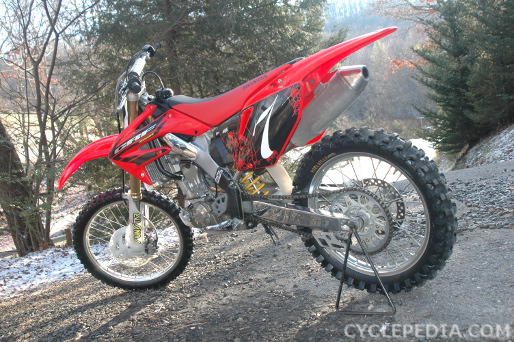
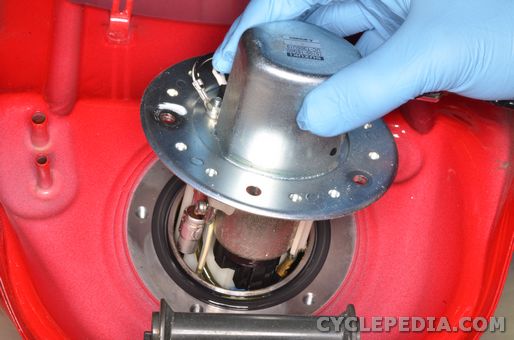
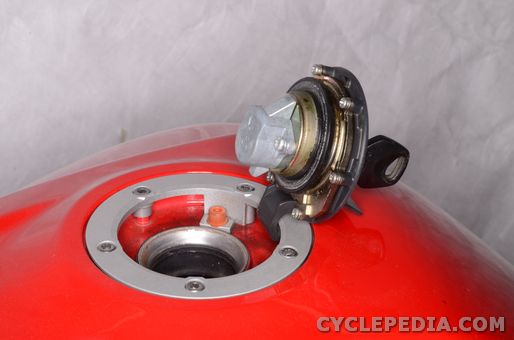
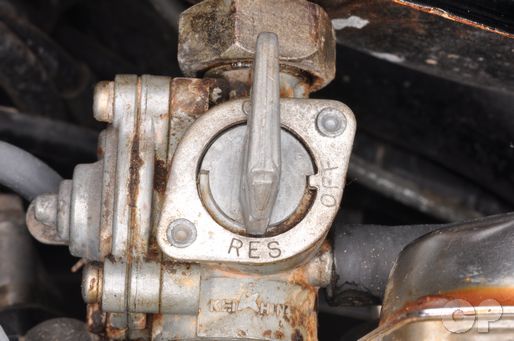
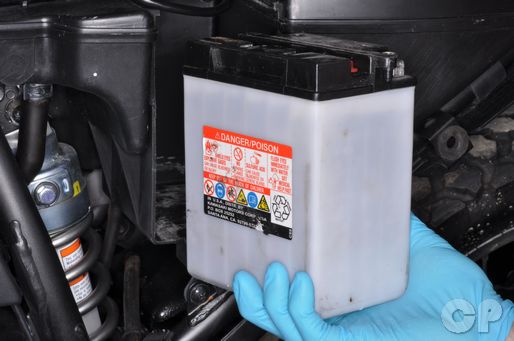
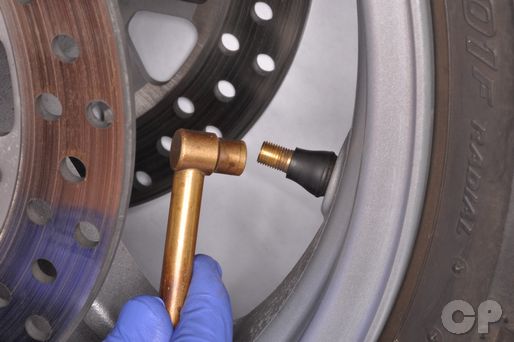
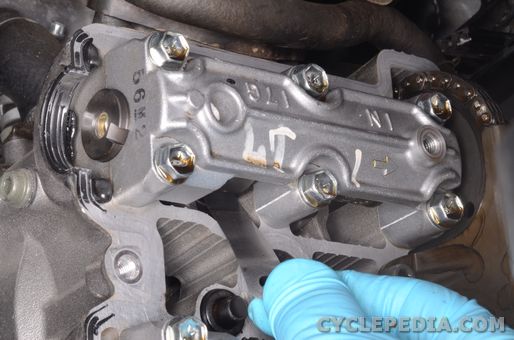



Leave a Reply
You must be logged in to post a comment.